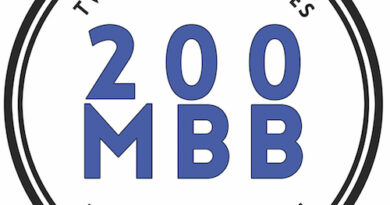Barrington Motor Works: 40 years of restorations
I met Christopher and Barbara Betjemann several years ago and knew they restored vintage BMW motorcycles. I also knew Chris was a retired emergency room physician and had transferred his skills of methodology and precision to his love of vintage BMWs, while Barbara, a true partner, has worked by his side during their 50 years of marriage. After a visit to their shop, I now know they are the go-to people for all things old BMW motorcycle.
After about 20 years of restoration on their personal machines, they founded Barrington Motor Works, LLC, and have been in the business for 16 years. Barringtonmotorworks.com gives you a good idea of what they are all about, but I wasn’t prepared for how impressive an operation they run. Add that to the fact that I am not particularly mechanically inclined, and it was a challenge for me to absorb the sights, sounds and volume of information resonating within their cozy shop in the woodlands.

The shop is located out in the country, and I enjoyed my ride there on a perfect May day. I found their small cluster of buildings ringing a circular drive, and Chris and Barbara greeted me warmly at the entrance to their shop which was framed in lilacs that were just bursting into bloom.
As I entered the shop, I could see a Granada red R 60 café racer just inside the door; its engine and frame match and once belonged to a Doug Morrison/Phil Rose parts bike. Chris wanted to make it into something fun. It now has Italian Ceriani forks, clip-on handlebars, Suzuki leading-shoe front brakes, a custom-fabricated alloy tank, and part of a rear fender they found while hiking. This project is on Chris’ list for freshening up as soon as time permits.

A black 1953 R 51/3 on the lift is in pristine condition. The owner approached Chris to inquire about a restoration. Chris asked if the engine and frame matched and the answer was “Yes.” The bike arrived, and although the engine number did indeed match the frame, the number was on the right, which is the wrong side of the engine case – at least until 1955. It was a phony number on a later engine case! Chris and Barbara had a second engine in storage with a serial number showing it had been manufactured two days earlier than the frame. Chris’ solution to the phony number problem was to rebuild and install their engine on the customer’s bike.
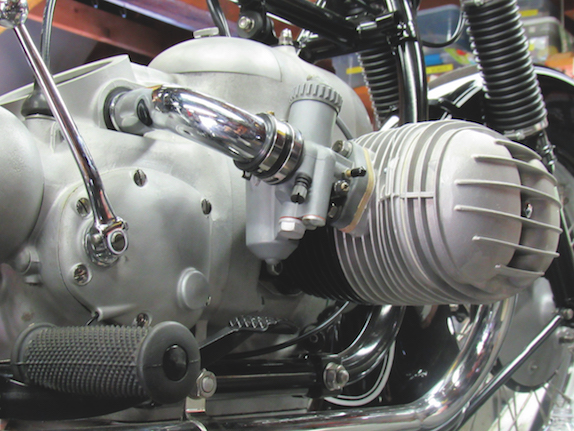
Barbara unveiled a 1950 R 51/2 engine being rebuilt, the 200th engine built after World War II. Chris explained how the crankshaft and two camshaft sprockets must be timed to one another and to the pistons on such an engine. The very early R 51/2 engine under construction is similar to most prewar BMW engines in that there are no timing markings on the flywheel to assist in the timing process. In order to facilitate the timing process, Chris and Barbara built a piston stop which, when attached to a cylinder, helps to establish true top dead center. The ultimate challenge here is to get the camshaft/crankshaft timing and ignition timing correct before closing up and mounting the engine; if it is wrong, everything has to come apart again. Precision matters.

The more I saw and the more I learned, the more I felt a curious confusion. Later I understood why. I had been looking at antique BMWs, and they all looked like they had just come off the showroom floor. My mind said old meant dings, scratches and rust, but I was seeing perfection. It was amazing and wonderful.
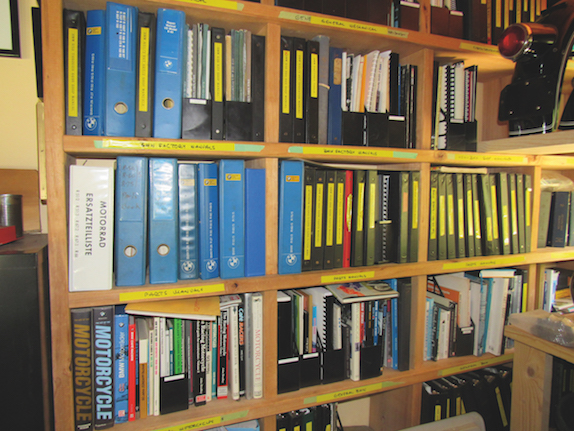
Several years ago, Chris underwent surgery to repair his failing mitral heart valve. The necessary use of the bypass machine during the open-heart surgery is known to cause memory loss. As a test of his memory, he challenged himself by writing their first restoration and service manual on BMW /2 machines and found his memory intact. He and Barbara expanded and revised the /2 manual into the R 50-69 US manual. They have since published a similar restoration and service manual on BMW R 51/3-68 machines and are working on additional manuals on the BMW R 26-R 27 and twin camshaft engines. These books, alongside the Betjemann restorations, are works of art. Starting with existing documentation, their own findings and a couple of computers, they verify every step, every measurement and every detail to ensure the accuracy of their documentation. Chris’ draft documentation is color coded, denoting needed fact checking, photograph placement, and other areas that need further attention.
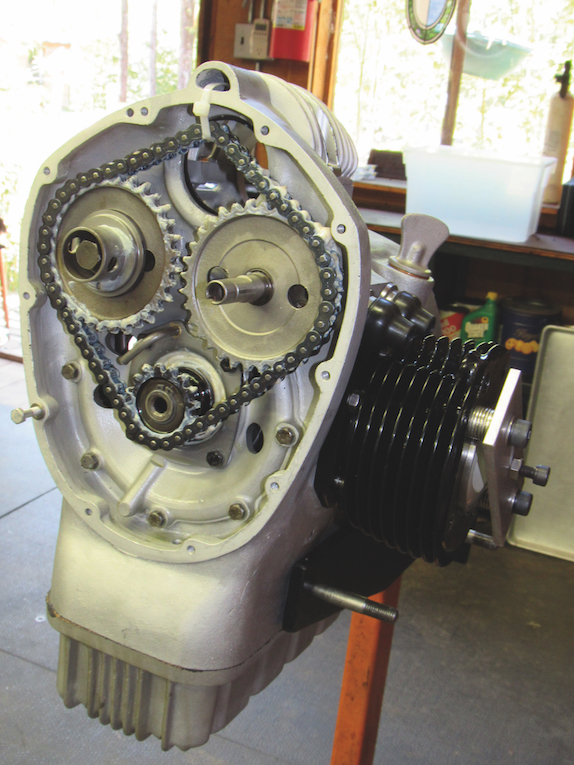
The Betjemanns are no longer accepting work until sometime after October 2015, but they’re not taking a break. They have all the parts laid out for building an Avus black BMW R 26 and a Dover white BMW R 27, complete with parade tank, in order to develop and check their text and take the needed photographs. Each restoration step will be documented as the bikes are being built. Barbara showed me the parade tank that they found “just in time.” It seems that the older the parts they get, the more they have deteriorated, but this tank was in near perfect condition, and they were able to stabilize it to prevent damage.
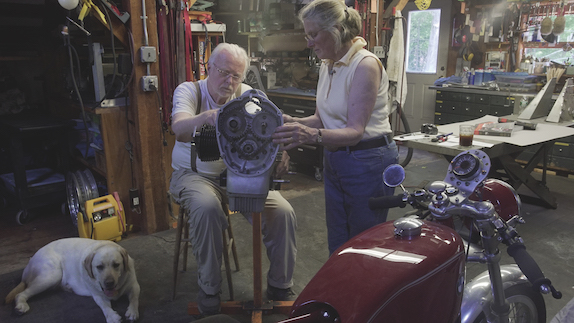
Talking to Chris and Barbara, it is obvious that their drive and dedication arises from the fact that there are fewer and fewer men and women who know how to restore these vintage BMWs. Their passion is to mentor others and to fully document the restoration process. Recently they had a father and son join them for a day dedicated to the troubleshooting and routine service of the BMW R 69 S, and they have been mentoring a woman who is a commercial airline captain as she restores her BMW R 50/2. Chris says that most of the easy restoration days are over and that most of the bikes found today are in much greater need of restoration. Christopher and Barbara’s legacy will be to preserve their knowledge and pass it on to future generations.

